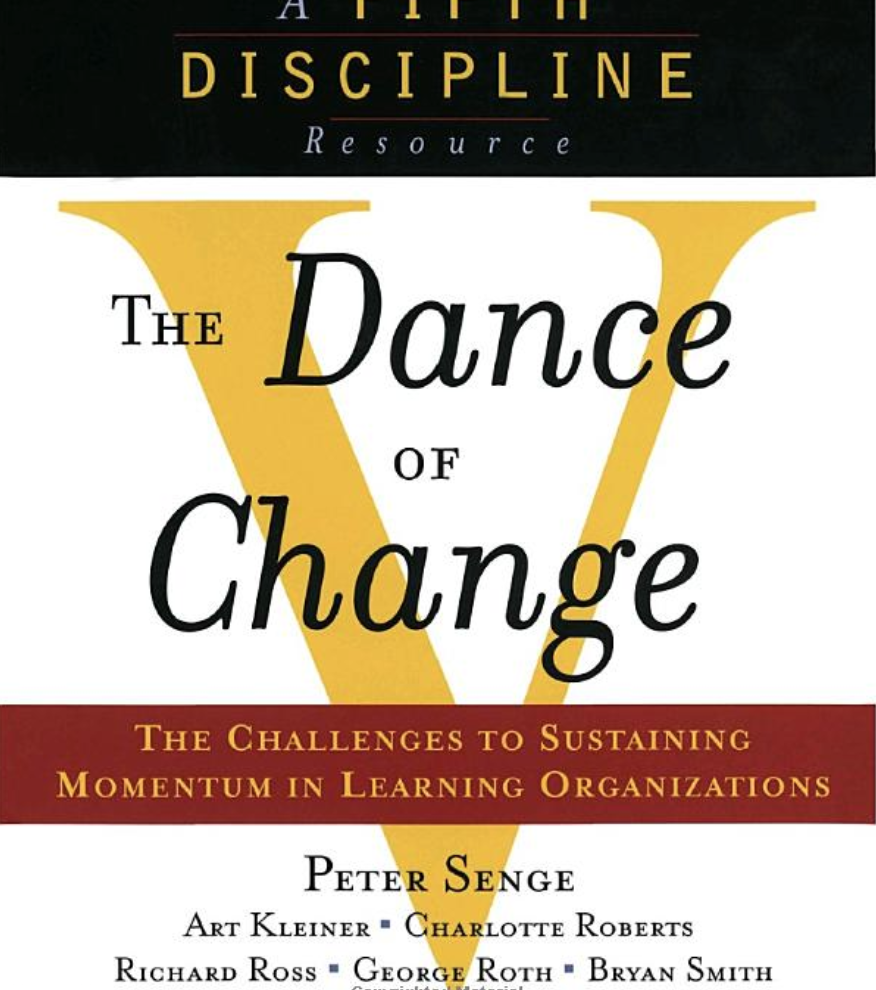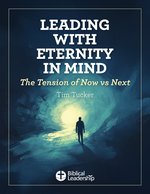Book review: The Dance of Change
 For those of you who like to know upfront whether I recommend a book or not, I will tell you that I highly recommend The Dance of Change, by Peter Senge, Art Kleiner, Charlotte Roberts, Richard Ross, George Roth and Bryan Smith (Doubleday 1999). With that, I will continue to explain.
For those of you who like to know upfront whether I recommend a book or not, I will tell you that I highly recommend The Dance of Change, by Peter Senge, Art Kleiner, Charlotte Roberts, Richard Ross, George Roth and Bryan Smith (Doubleday 1999). With that, I will continue to explain.
Some may think that a book that is 20 years old should remain on the shelf because it must be outdated. However, the one thing we all have in common is change. It’s the thing that begins in our lives the moment we are conceived until moments after we draw our last breath. Change produces great opportunity and devastating demise. Change to one person is thrilling. Change to another is heartbreaking. Because of the nature of change, this book stands just as relevant today as it did in April 1999 when it was published.
This book is for leadership, but leadership is not always titles, it is influence. If you are the leader in an organization, make no mistake—your organization is changing. So is the context around which your organization operates. Understanding change better be on the top of your to-do list. Whether you are a CEO, pastor, small group leader, head of a household or executive director of a non-profit, you will benefit from reading The Dance of Change.
I work with organizations and the change process. The minute I read the title, I knew that someday I would have to read it. I am an audible reader, so my experience is in how the concepts of the book sound, rather than how they look. There are diagrams and illustrations which I was able to find online to supplement my reading, but I like to listen to a book at least three times. Once at twice the speed, and two other times at 1.5 times the speed and taking notes. I mention that because there may be slight differences between audible and written versions.
One main reason I highly recommend the book is because of the learning approach the authors have taken in gathering and presenting the content. I am not impressed with those who think they have all the answers and dispense them cleverly as though they have all the truth and everyone else does not. The Dance of Changetakes the input from various sources to arrive at certain conclusions for the reader to consider. I found most, if not all, of the conclusions to be sound (no pun intended).
Among the content covered, the challenges commonly holding an organization back from a sustained learning culture are a cautionary tale for the leader who cares about their organization.
Challenges
1. This refers to an inability to control time because of a lack of flexibility. To overcome this challenge, it helps to intentionally schedule time for focus and concentration. The leader must trust people to control their own use of time.
2. This means there is no coherent, consistent coaching, guidance, and support. Often, people feel they don’t know what they’re doing. It helps to invest in help early on in the change initiative. Open up space for the capacity for coaching. Find a partner.
3. This challenge refers to the absence of a clear, compelling reason for learning and change. If people cannot see how learning impacts their lives and the health of the organization, they simply will not connect. To help, start with key leaders and build a strategic awareness for learning. Grow the awareness out from there.
4. Often, leaders will espouse values and virtues but not live them out as models for their people. It doesn’t take long for them to see right through the incongruence. Instead, leaders must live the quality. Cultivate the qualities within.
5. When people start opening up, they can sense a fear that they have exposed themselves. This is unnerving. They ask themselves, “Is it safe? Am I vulnerable?” Leaders must quell this fear and anxiety by modeling openness. Place diversity high on the list of assets. Acknowledge the fear and never hide it, pretending it doesn’t exist.
6. This challenge is about measuring progress along the way. If your people do not see the results they will ultimately make a case that the changes and learning aren’t working. Beat this challenge through setting expectations, acknowledge the time required, and celebrate wins early and often.
7. Over time, a divide forms between the guiding coalition (pilot group) and those who have not yet begun the journey. The pilot group can unintentionally create shared language and inside jokes that serve to alienate them from the rest of the organization. Overcome this challenge by becoming “bi-cultural.” Mentor and cultivate a reflective openness. Deploy language consciously.
8. This challenge refers to a confusion as to who’s in charge. The pilot group expands their reach throughout the organization and it becomes increasingly difficult to give up the power of being “in the know.” Beat this challenge by making executive leaders’ priorities part of the teams’ creative thinking. Involve the team.
9. Over time, unless there is an infrastructure put in place, the organization will engage in “reinventing the wheel.” To overcome this challenge, the leader must learn to legitimize and value network leaders as carriers of ideas and as coaches. Get “the system” in the room.
10. The final challenge in the list has to do with the hard work of continual reinvention over time. The question on the minds of the people are, “Where are we going? What are we here for?” To beat this challenge, leaders must constantly expose and test all assumptions behind the current strategy. Prove yourself wrong. Learn to pay attention to the silent, subtle shifts in the sense of possibility.
Although there is much more contained within the book, these challenges are key. Unless the leader understands what will keep change and learning from happening consistently, there is little hope.
| Scott Couchenour has a combined 30 years of experience in ministry, business and entrepreneurship. He has the perspective any leader needs to grow further in their personal and professional life. Scott served as COO and CEO for a national multi-million dollar family-owned business. He has served in his local church as worship leader and various leadership positions. He serves as Trustee on the Nazarene Foundation Board, the Nazarene Theological Seminary Board, and Harmony Village Board. Learn More » |
More on Book Reviews
- Book review: Building a Storybrand (by Richard Blackaby)
- Book review: He Leadeth Me (by Richard Blackaby)
- Book review: Rare Leadership: 4 Uncommon Habits for Increasing Trust, Joy, and Engagement in the People You Lead (by Richard Blackaby)
- Book review: Shaping History Through Prayer and Fasting, by Derek Prince (by Richard Blackaby)


